Soooo what makes a Sonic Screwdriver, a sonic screwdriver? In the show, it's kind of a does-whatever-the-doctor-needs-in-the-episode kinda tool. Something that multifunctional would be impossible to make of course, but I do like the random fun of it.
A multitool, that has a bunch of input and sensors, and a bunch of outputs, and the fun is in figuring out cool, sometimes gimmicky, sometimes useful functions from the sets of inputs and outputs.
Setback Count: 8



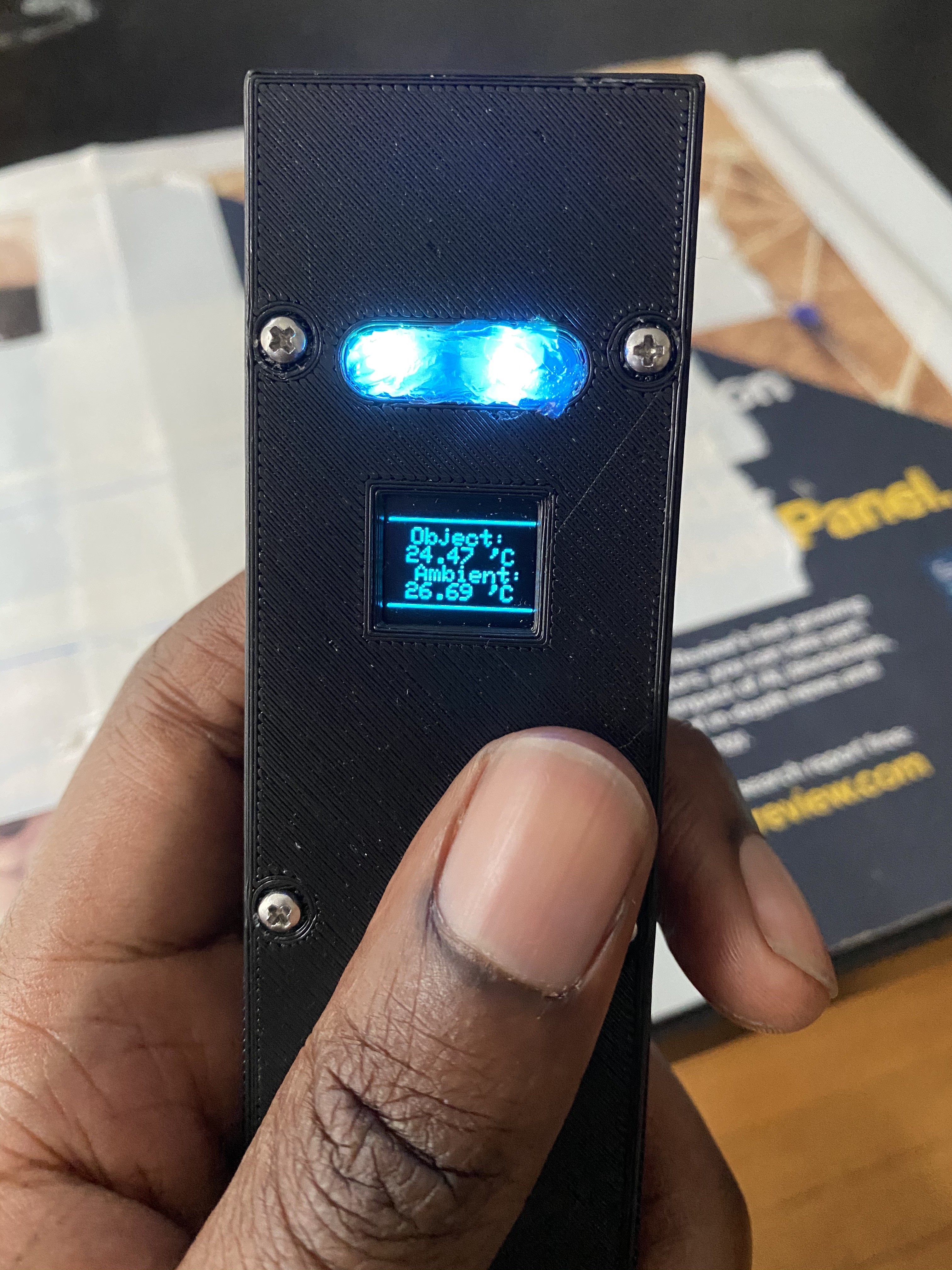
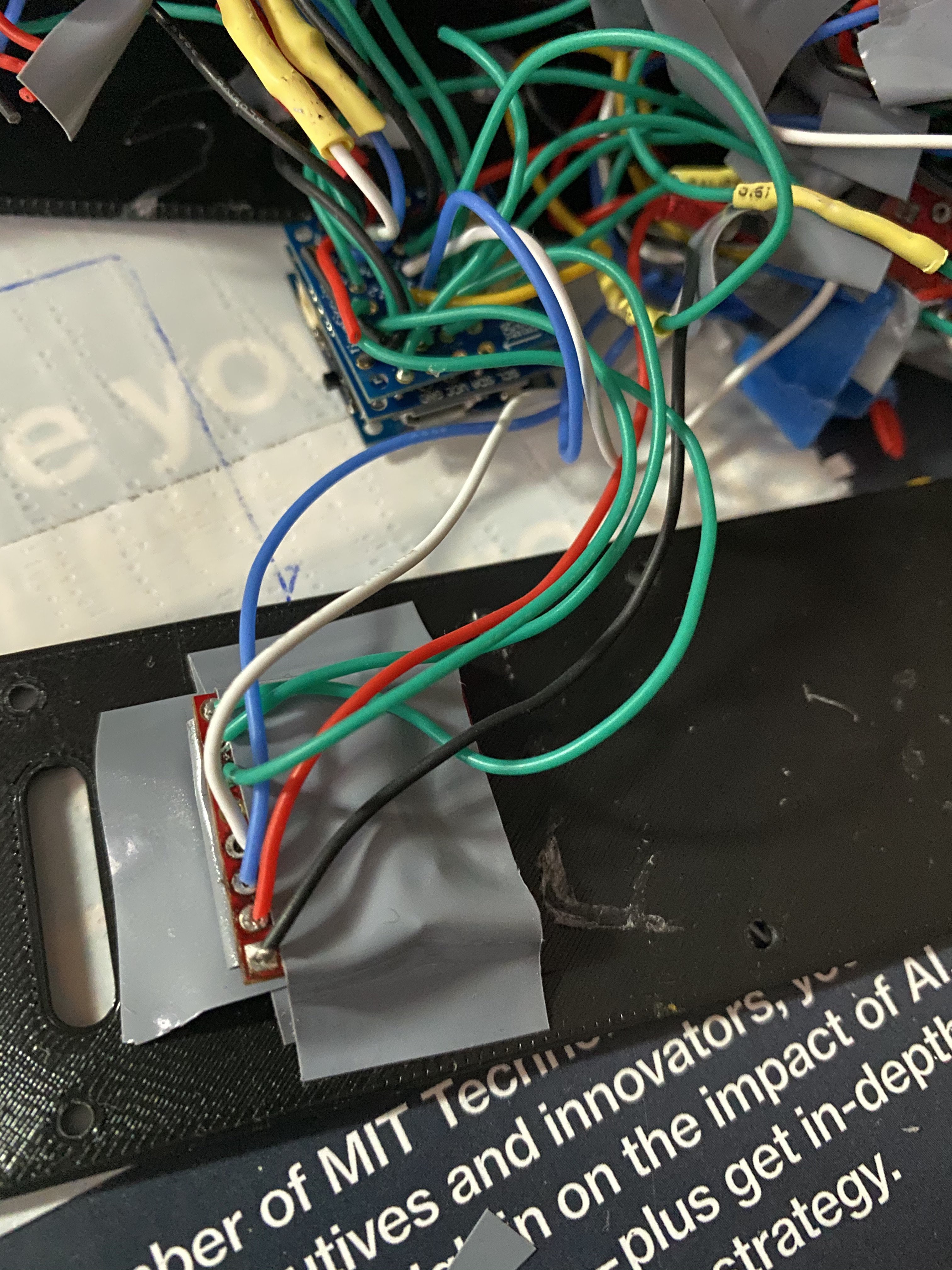
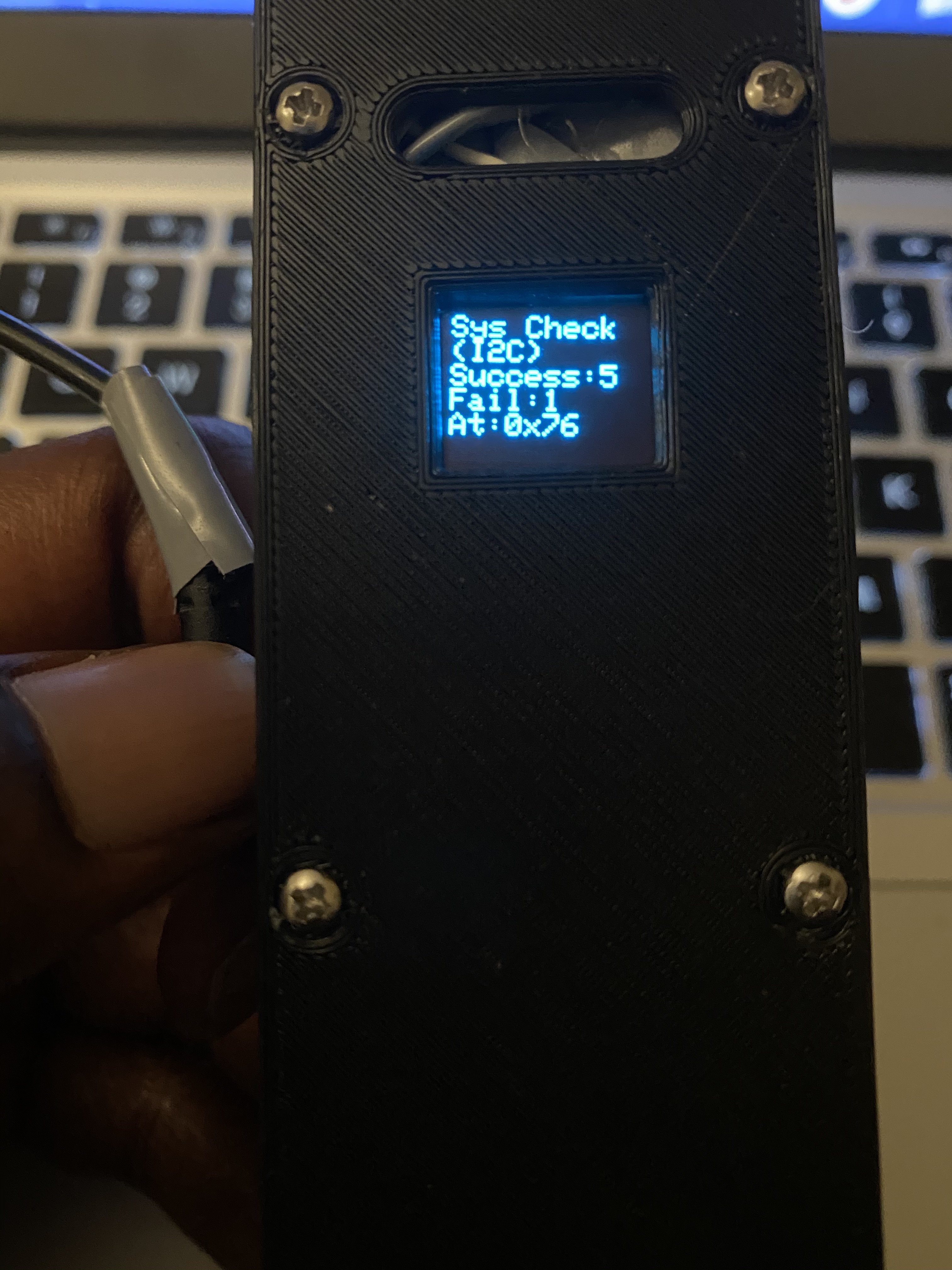



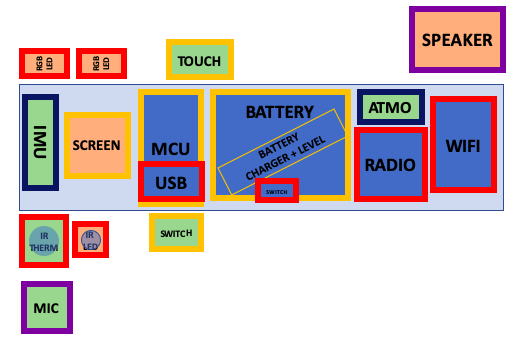

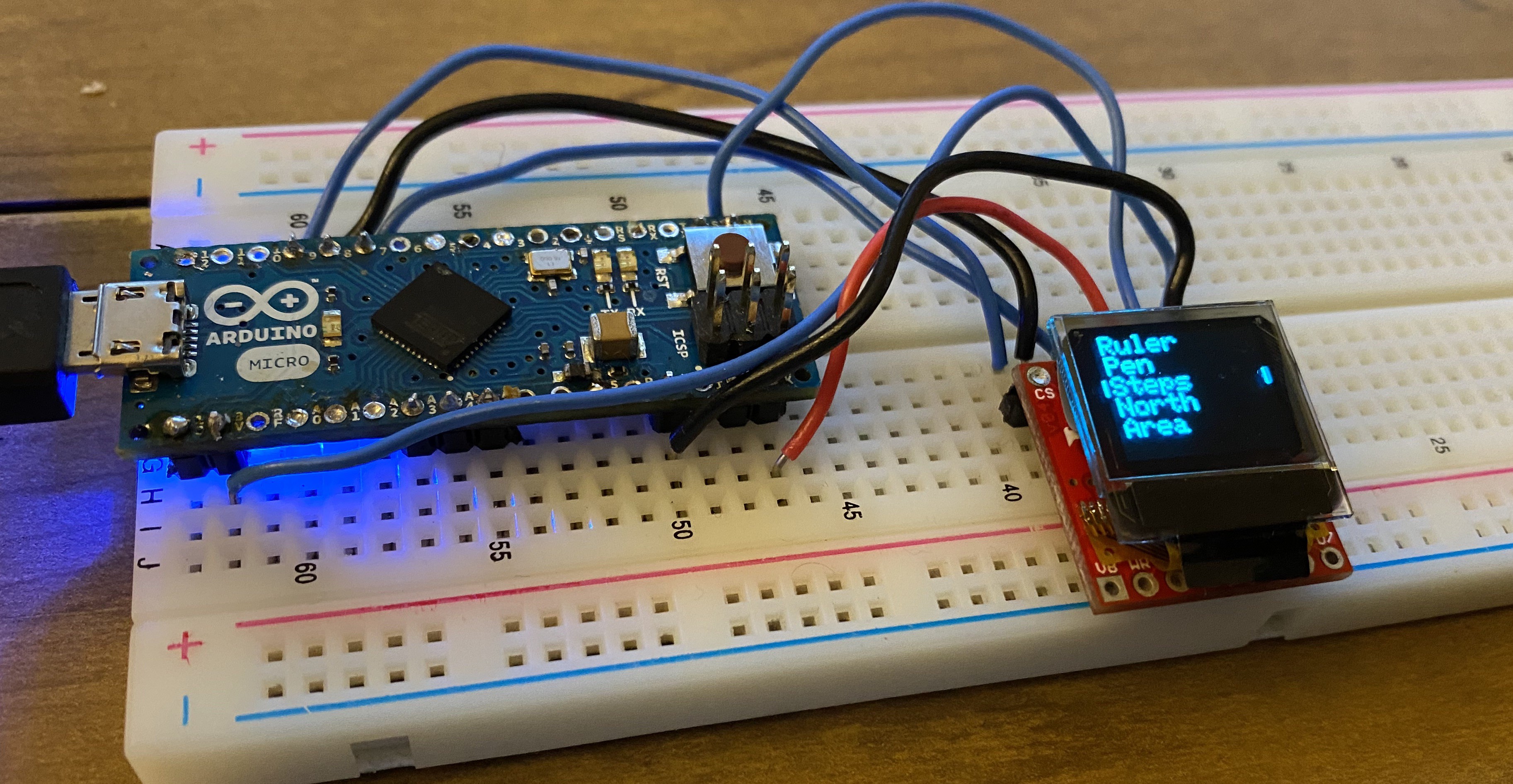
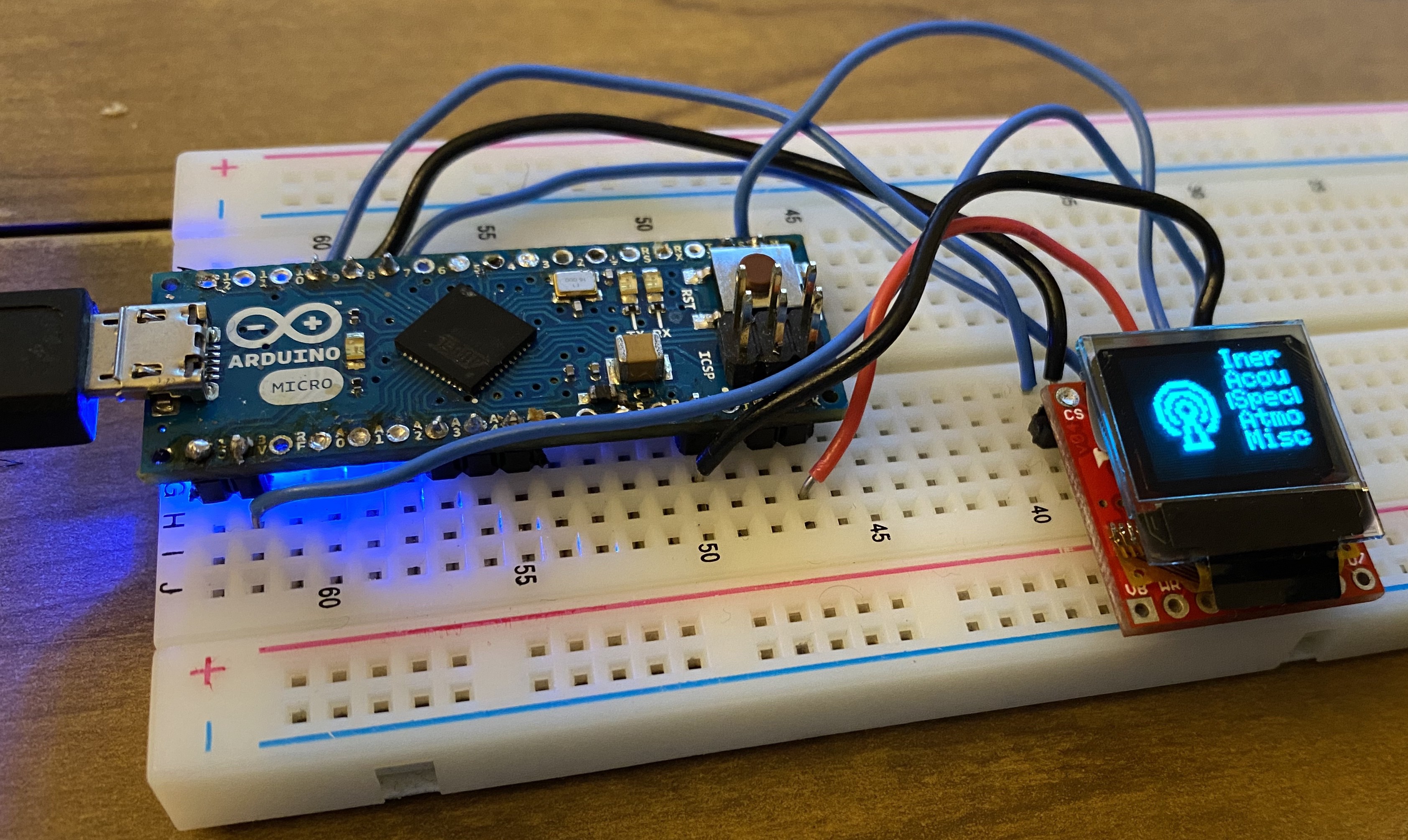

 Matt Bradshaw
Matt Bradshaw
 Vincent
Vincent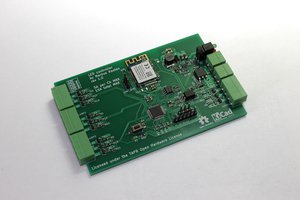

 xnakxx
xnakxx